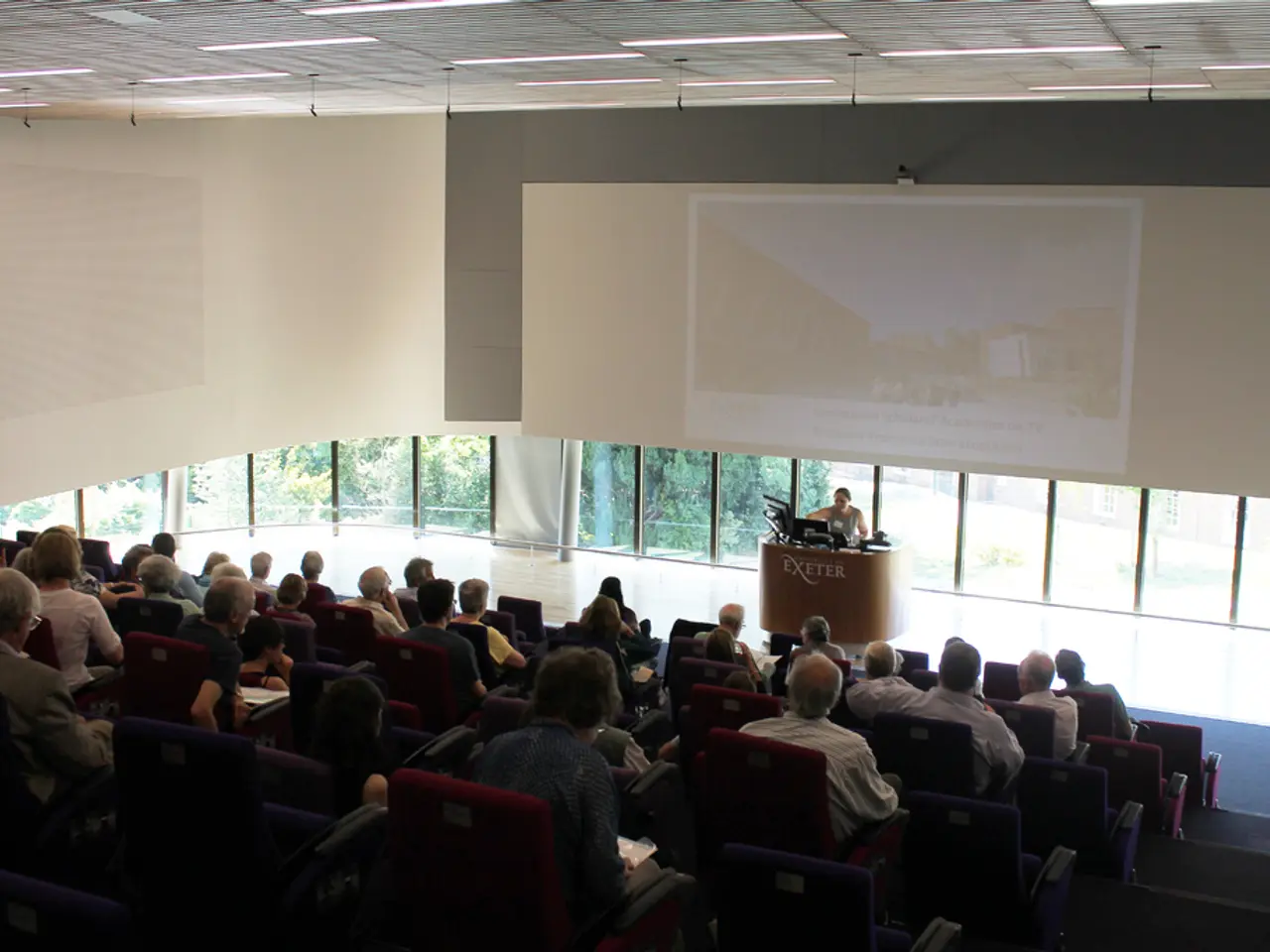Strategies for an Effective Academic Presentation of Your Research
In the world of academia, delivering a successful presentation is crucial for professionals, researchers, and students alike. To ensure maximum impact, focus on clear structure, compelling content, and engaging delivery. Here are key strategies and practical steps to achieve this:
## Structuring Your Presentation
A well-structured presentation sets the stage for success. Begin with a warm welcome and provide context to frame your topic. Clearly state the goals and main questions your project addresses, and if appropriate, share a brief personal anecdote to make the topic relatable. Organize your content into logical sections, each with a clear transition, and present your main points in a concise manner, supporting each with evidence from credible sources. Briefly summarize your main findings or arguments, emphasize the significance and implications of your work, and suggest directions for future research or action.
## Delivering for Optimal Impact
Preparation and rehearsal are key to a successful presentation. Prepare a script or detailed notes, but avoid reading word-for-word to maintain a natural flow. Practice multiple times to refine timing and transitions, and seek feedback from peers or mentors. Use the STAR method (Situation, Task, Action, Result) to present your research as a compelling story, making your achievements and impact clear. Share personal experiences or anecdotes related to your topic to increase relatability. Explain complex concepts in simple terms, especially for interdisciplinary audiences.
## Visual and Design Principles
Maintain a consistent look with fonts, colours, and layouts for a professional appearance. Maintain clean, uncluttered slides with balanced spacing and alignment. Use subtle transitions to keep the focus on your content.
## Delivery Skills
Maintain confident body language and voice. Engage your audience visually by making eye contact. Speak at a moderate pace, pausing when needed for clarity. If you get muddled, pause, take a breath, and restart the section to ensure everyone follows along.
## Practical Checklist
- Clear structure: Intro, main content, conclusion - Clarity: Clear, relevant, and uncluttered visuals - Accessibility: Simple, direct, and accessible language - Confidence: Confident, paced, and engaging delivery - Storytelling: Use STAR method and personal stories - Rehearsal: Practice multiple times, seek feedback
By combining a clear structure with engaging delivery and professional visuals, you can communicate your academic project effectively and leave a lasting impression on your audience. The length of an academic presentation typically ranges from 10 to 20 minutes, depending on the requirements. Engaging the audience is crucial for an academic presentation, and understanding the audience is key to preparing for success. Staying calm and taking a moment to think before responding is crucial during the Q&A period. Clear and concise communication is essential for academic presentations.
- To ensure the success of your academic projects in the realm of education-and-self-development, focus on structuring your presentation with a clear introduction, well-organized main content, and a thoughtful conclusion, employing evidence from credible sources to support your points.
- For optimal impact, practice delivery skills such as confident body language, eye contact, maintaining a moderate pace, and employing the STAR method to present your research as a compelling story, incorporating personal anecdotes to make the topic relatable.
- In structuring and delivering your academic presentation, don't overlook the importance of educational principles in visual and design, such as maintaining a consistent look, creating clean, uncluttered slides, and employing subtle transitions to keep the focus on content.




